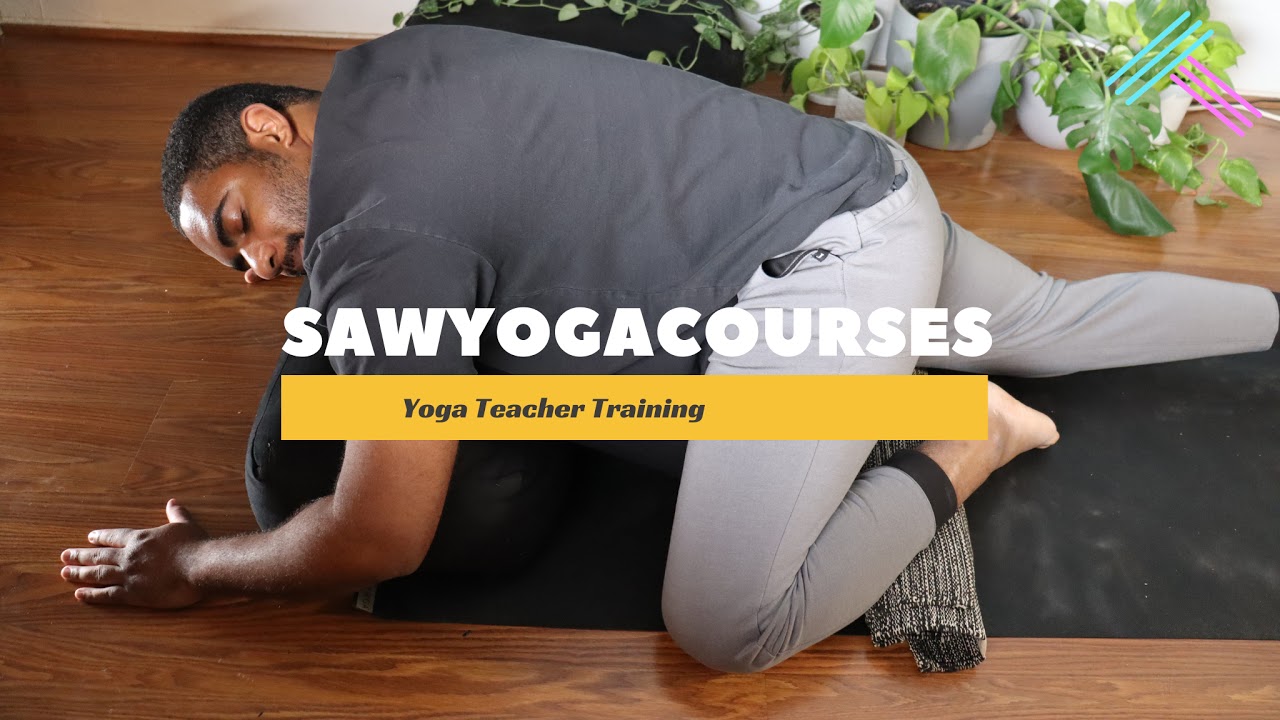Are you finding it challenging to meditate and can’t seem to find your way into a peaceful state of mind? We understand that it can be frustrating, but worry not, because we’ve got you covered. In this blog post, we will guide you through effective techniques and practical tips on how to meditate if you’re facing difficulties. So, if you’re ready to embark on a journey towards inner calmness and clarity, let’s dive right in!
Introduction
If you find yourself struggling with meditation, you’re not alone. Many people face challenges when it comes to quieting their minds and finding inner peace. The good news is that there are techniques and strategies you can incorporate to make your meditation practice more enjoyable and effective. In this article, we will explore different methods and tips to help you navigate through the difficulties you may encounter during meditation. By incorporating these techniques into your practice, you will be able to experience the numerous benefits that meditation has to offer.
Finding the Right Technique
Meditation comes in many different forms, from focused breathing to visualization and guided meditation. It’s important to find the technique that resonates with you and works best for your needs. Here are some popular meditation techniques:
1. Mindfulness Meditation
Mindfulness meditation involves focusing your attention on the present moment, observing your thoughts and feelings without judgment. This technique can help you become more aware of your emotions and thoughts, ultimately leading to a greater sense of clarity and calmness.
2. Guided Meditation
Guided meditation involves following an audio or video recording that provides instructions and visualization. This technique is especially helpful for beginners or individuals who struggle to maintain focus during meditation.
3. Mantra Meditation
Mantra meditation involves repeating a word or phrase, known as a mantra, to calm and steady the mind. This technique can be particularly useful if you find your mind wandering during meditation.
4. Loving-Kindness Meditation
Loving-Kindness meditation involves cultivating feelings of compassion and love towards yourself and others. By practicing this technique, you can develop a sense of empathy and connect with your inherent kindness.
Overcoming Distractions
Distractions are an inherent part of meditation, but learning to navigate through them is key to a successful practice. Here are some strategies to help you overcome distractions:
1. Acknowledge and Release
When distractions arise, acknowledge their presence without judgment, and gently release them. Remind yourself that distractions are normal and part of the process. Refocus your attention on your breath or the object of your meditation.
2. Create a Dedicated Space
Having a dedicated space for meditation can significantly reduce external distractions. Find a quiet and comfortable spot where you can practice regularly. Decorate it with calming elements such as candles, plants or aromatherapy diffusers to enhance the ambience.
3. Set a Timer
Setting a timer can alleviate the worry of constantly checking the clock. Knowing that you have a set amount of time for meditation allows you to fully immerse yourself in the practice without interruptions.
4. Use Ambient Music or Nature Sounds
Playing gentle and soothing music or nature sounds in the background can help drown out external distractions and create a serene atmosphere. Experiment with different types of music or sounds to find what works best for you.
Deepening Your Practice
Once you’ve established a consistent meditation routine, you may be ready to delve deeper into your practice. Here are some ways to deepen your meditation experience:
1. Explore Different Techniques
Continue to explore different meditation techniques to keep your practice fresh and exciting. Experiment with different approaches and styles to find what resonates with you the most.
2. Attend Meditation Retreats or Workshops
Attending meditation retreats or workshops can provide a valuable opportunity to deepen your practice and learn from experienced teachers. Surrounding yourself with like-minded individuals can also enhance your motivation and dedication to meditation.
3. Journaling
Keep a meditation journal to reflect on your experiences and track your progress. Writing down your thoughts and feelings can help you gain insights into your meditation practice and observe patterns or areas for improvement.
4. Join a Meditation Group
Being part of a meditation group can provide support, accountability, and the opportunity to learn from others’ experiences. Engaging in group meditation sessions can also create a sense of community and connection.
Conclusion
Struggling with meditation is a common experience, but learning to navigate through the challenges can lead to a more fulfilling practice. By finding the right technique, overcoming distractions, and deepening your practice, you can reap the many benefits that meditation offers. Remember to be patient and kind to yourself as you embark on your meditation journey. Stay consistent, embrace imperfections, and enjoy the profound sense of peace and clarity that meditation can bring.
FAQs
1. How long should I meditate if I’m struggling?
It’s important to start with short meditation sessions, gradually increasing the duration as you become more comfortable. Begin with 5 to 10 minutes and gradually work your way up to longer sessions.
2. Can meditation help with anxiety and stress?
Yes, meditation has been shown to reduce anxiety and stress levels. Regular practice can help calm the mind, improve focus, and cultivate a sense of inner peace.
3. What if I can’t quiet my mind during meditation?
Quieting the mind completely is a common challenge in meditation. Instead of trying to force your mind to be quiet, focus on observing your thoughts without judgment. Over time, you’ll develop the ability to let go of distracting thoughts more easily.
4. How often should I meditate?
Consistency is key when it comes to meditation. Aim to meditate at least once a day, but even a few minutes of daily practice can have a significant impact on your well-being.
5. Is it normal to experience physical discomfort during meditation?
Physical discomfort, such as stiffness or restlessness, is normal during meditation. Practice proper posture, use supportive cushions, and make adjustments as needed to find a comfortable position for your body.
